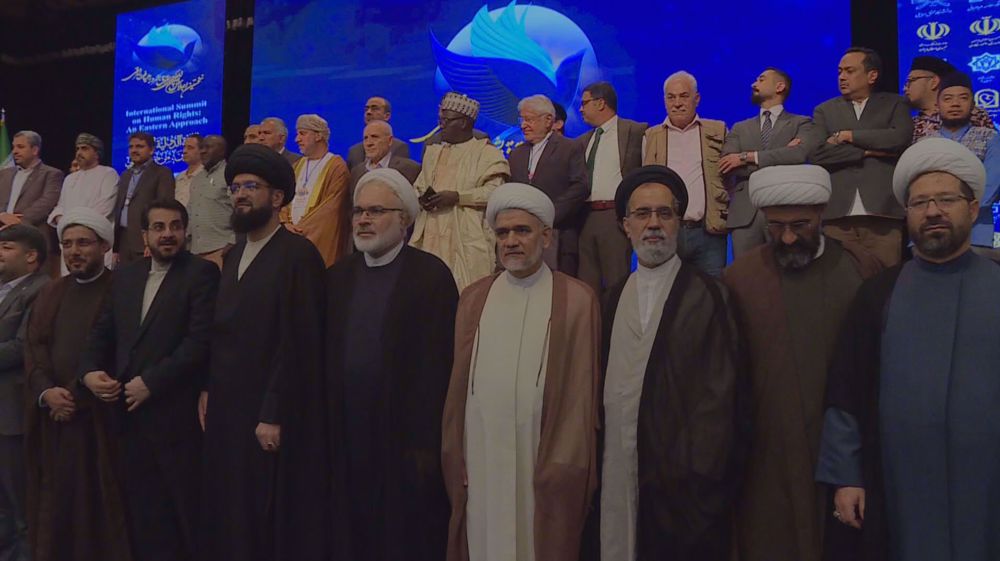Alwaght- In May 2017, the Southeast Asia region has been hit by waves of terrorist attacks. In Late May, two suicide bombers attacked a bus station in east Jakarta, Indonesia, killing several people.
Separate attacks in April and May killed several people and injured over 50 in southern Thailand, a predominantly Muslim-inhabited part of the country. Militants affiliated with ISIS terrorist claimed responsibility for the shopping centers blasts.
And also in May, a militant group tied to ISIS seized control of Marawi town in Mindanao in south of the Philippines. Terrorists said their attack was part of a plan to establish “East Asian Wilayah” or state. The island is majorly resided by Muslims. The extremist group fighting Thai army in Marawi came out of merger of two militias of Abu Sayyaf and Maute.
These are the very latest terrorist measures in Southeast Asia by the ISIS, raising questions about the terrorist group’s military capabilities and its potential threats in that region.
Official estimations by the intelligence services of the Southeast Asia maintain that now between 1200 and 1800 Southeast Asian nationals, predominantly from Indonesia, are recruited by ISIS in Syria and Iraq.This comes while so far no party has managed to give a precise number of fighters from this region.
Very latest figures put the number of Indonesian terror recruits at 396, all serving the terrorist group’s fight in Syria and Iraq. Propaganda videos released online by the terrorist group show some Malaysian fighters. Reports show that Malaysian recruits are far less than the Indonesians serving the terrorist group's territory seizure campaign.
Information note that not all of the Southeast Asians who went to ISIS-held territories are fighters, as 45 percent of them include women and children. Malaysian and Indonesian militants' number is big in Syria, enough for them to form a separate militant unit dubbed Nosantra Brigade.
As pressures mount on ISIS in Syria and Iraq and the terrorist group loses further grounds there, fighters choose to return home that poses fresh challenges to not only their home countries but also to Southeast Asia as a whole. The number of ISIS recruits from Southeast Asia is not big compared to the overall number of ISIS fighters but its growing defeats in Syria and Iraq as a result of recent national armies' gains against ISIS, like liberation the former ISIS-held Mosul the capital of the self-proclaimed caliphate, strengthen the possibility of the militants' dangerous return to their countries.
Ethnic tensions and gaps stand as a strong drive for fueled conflicts there. The Rohingya Muslims in Myanmar have been subjected to the most heinous genocide process by the government for years. This is just one factor enough for eruption of extremist confrontations in Southeast Asia. Research results show that Rohingya armed resistance wing is now developing relations with other militant groups active across the region.
Active separatist agendas in China’s Xinxiang with its Uyghur majority can be another fertile ground for terrorism in Southeast Asia. In March, viral video portrayed Uyghur fighters in Iraq and Syria threatening Beijing with attacks on its territories. The threats raised the hackles of the Chinese authorities who beside concerns over possible ISIS assaults developed fear about possible links between ISIS radicals and secessionist Muslims of Xinxiang province that by the way suffers from government discrimination and deprivation.
ISIS attempts for recruiting fighters from Uyghurs are far from limited. It shares goals with them as the two struggle for establishing “East Turkestan” independent state. Chinese officials say at least 200 nationals joined ISIS in Syria, but not all of them were Uyghurs. The anti-Chinese ISIS video was in Mandarin Chinese, the language of 85 percent of the 1.4 billion population of China.
With this in mind, it appears that three key factors are influential in ISIS-linked security challenges that threat East and Southeast Asian countries.
The first has something to do with the fast advances of government forces in Syria and Iraq against ISIS fighters that lead to recapture of vast swaths seized by the terrorist group upon its emergence in 2014. ISIS fighters from East and Southeast Asia will possibly return to home countries, posing new threats this time to the countries of that region.
Second factor is related to various ethnic divisions in East and Southeast Asia, deepening as governments continue crackdown on the Muslim minorities in China’s Xinxiang and Myanmar's Rakhine State.
And the third one is linked to the Saudi Wahhabism promotion in the region. Riyadh leaders proceed with proselytization campaign through funding the Islamic centers, building mosques, and introducing Wahhabi ideology to the religious schools' students. Saudi Arabia also admits to its religious universities students from the region. The graduates return to their countries as Wahhabi proselytizers.
Together, these three factors facilitate growth of radical minds that are apt to join extremist groups. The East and Southeast Asian countries need to join forces to deter the risks the ISIS fighter carry as they come back home from front lines in Syria and Iraq.
The regional states hold a military and security treaty under ASEAN (Association of Southeast Asian Nations) and thus can contain waves of extremism as they can engage in cooperation against possible armed assaults by the former ISIS militants.
Another less costly way to counter former terrorist fighters is to respect rights of the highly repressed and marginalized Muslim minorities. In fact, bridging the ethnic and even economic gaps can dramatically reduce ISIS and separatist groups' risks.



























